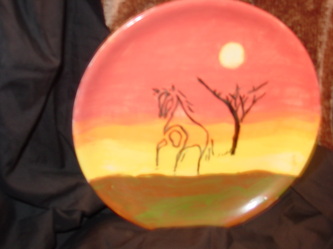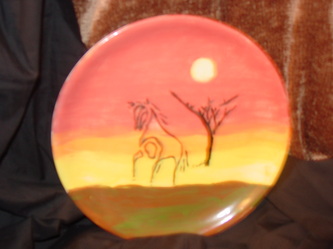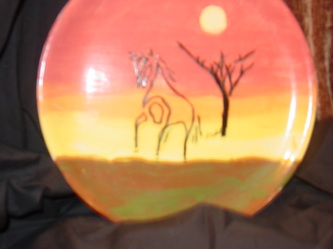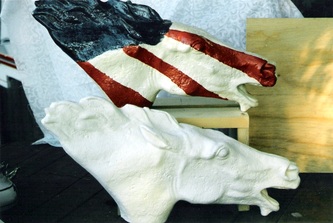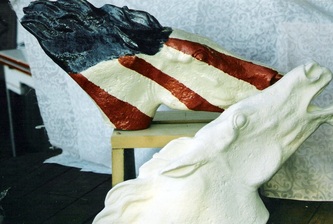Ceramics
Ceramics are poured from clay slip - a liquid version of clay - into a mold and allowed to sit letting the outermost layers adhere to the form. Excess is poured back into a container and the piece continues to dry within the mold for a set period of time. Once the piece is read to be taken from the mold it is carefully unbanded and the piece, called "greenware" is removed. In this fragile state the piece can easily break, it is usually a light dull brown color. Excess slip from seams is carefully trimmed off with clay tools. After this the piece is fired once at a certain temperature resulting in what is referred to as "bisque". This form is harder than the greenware and depending on the color of the slip may appear to be a white color. In this state you will often see pieces sold unfinished, ready to be painted. This form may also be glazed (which requires another firing for it to be finished.) If the piece is painted, acrylics are used and a matte or glass sealant may be applied to "finish" the piece. This last step is not required, but it does protect the paint and life of the color.

